A controversial restoration that wipes away the past
The renovation and of Chartres Cathedral, home of the famous Black Madonna, asks questions about how we preserve the past – and which past we preserve

Your support helps us to tell the story
From reproductive rights to climate change to Big Tech, The Independent is on the ground when the story is developing. Whether it's investigating the financials of Elon Musk's pro-Trump PAC or producing our latest documentary, 'The A Word', which shines a light on the American women fighting for reproductive rights, we know how important it is to parse out the facts from the messaging.
At such a critical moment in US history, we need reporters on the ground. Your donation allows us to keep sending journalists to speak to both sides of the story.
The Independent is trusted by Americans across the entire political spectrum. And unlike many other quality news outlets, we choose not to lock Americans out of our reporting and analysis with paywalls. We believe quality journalism should be available to everyone, paid for by those who can afford it.
Your support makes all the difference.The pilgrim did not find what he was searching for. As a child, Patrice Bertrand heard his mother recount details of her visit to the shrine of the famous Black Madonna of Chartres Cathedral, 60 miles south-west of Paris. Now 41-year-old Bertrand, of Nantes, was following in her footsteps.
But he was perplexed by what he discovered: “The statue I came to see is not here anymore,” he said. The Black Madonna had become white.
The decision to remove what a plaque in the cathedral calls the “unsightly coating” from the 16th-century wooden icon has come to symbolise the contested transformation of Chartres, which has been undergoing a decade-long restoration.
For almost 500 years, pilgrims worshipped the Virgin’s dark visage, and it accrued the kind of mythic currency integral to Catholic worship. To some critics, the repainting has erased a cultural memory from a building its restorers say they are saving.
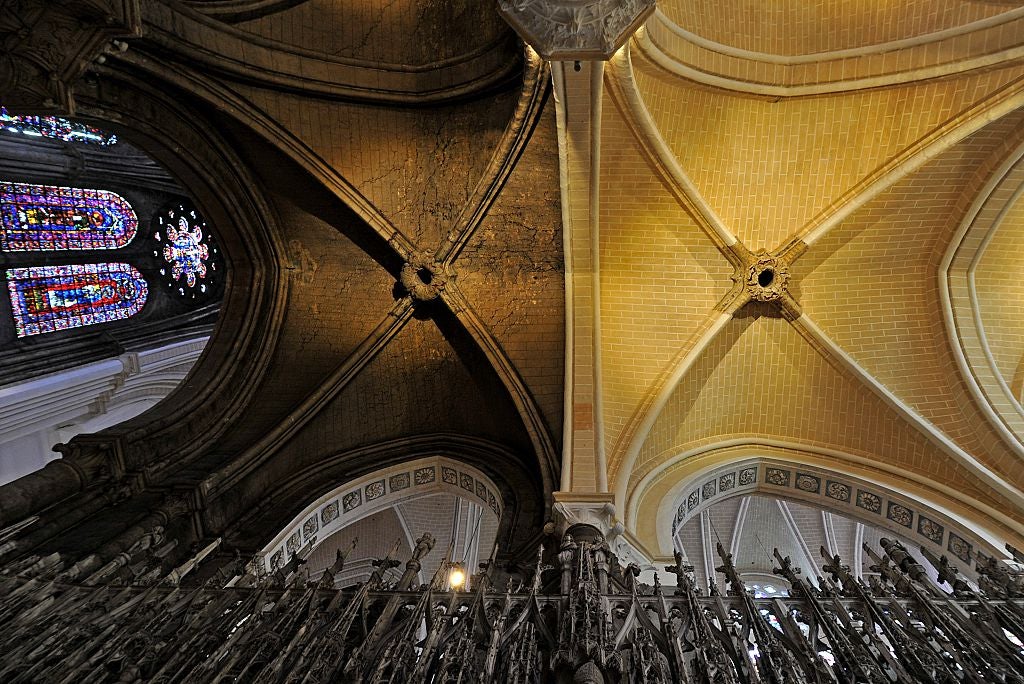
Now, the interior of the cathedral is clear of scaffolding for the first time in a decade, and the full impact of the project can be seen. This is its most substantial renovation since Chartres was rebuilt, between 1194 and 1225.
In the intervening 800 years, the building has changed almost beyond recognition, as smoke from burning candles, oil lamps and fires darkened the walls, the statues (including the Madonna) and the exquisite stained glass.
The restoration aims not only to clean and maintain the structure, but also to offer an insight into what the cathedral would have looked like in the 13th century. Its interior was designed to be a radiant vision: as close to heaven on earth as a pilgrim might come, although many modern visitors have responded more with shock than with awe. The architecture critic Martin Filler has described the project as a “scandalous desecration of a cultural holy place”.
As the extent of the restoration has become visible, art critics, curators and historians have debated its merits in publications in France, Britain and the US. A petition to the French ministry of culture sought to halt the project. The campaign contended that the restoration violates the 1964 Charter of Venice, which prohibits the renovation of monuments or historic sites for cosmetic (rather than structural) reasons.
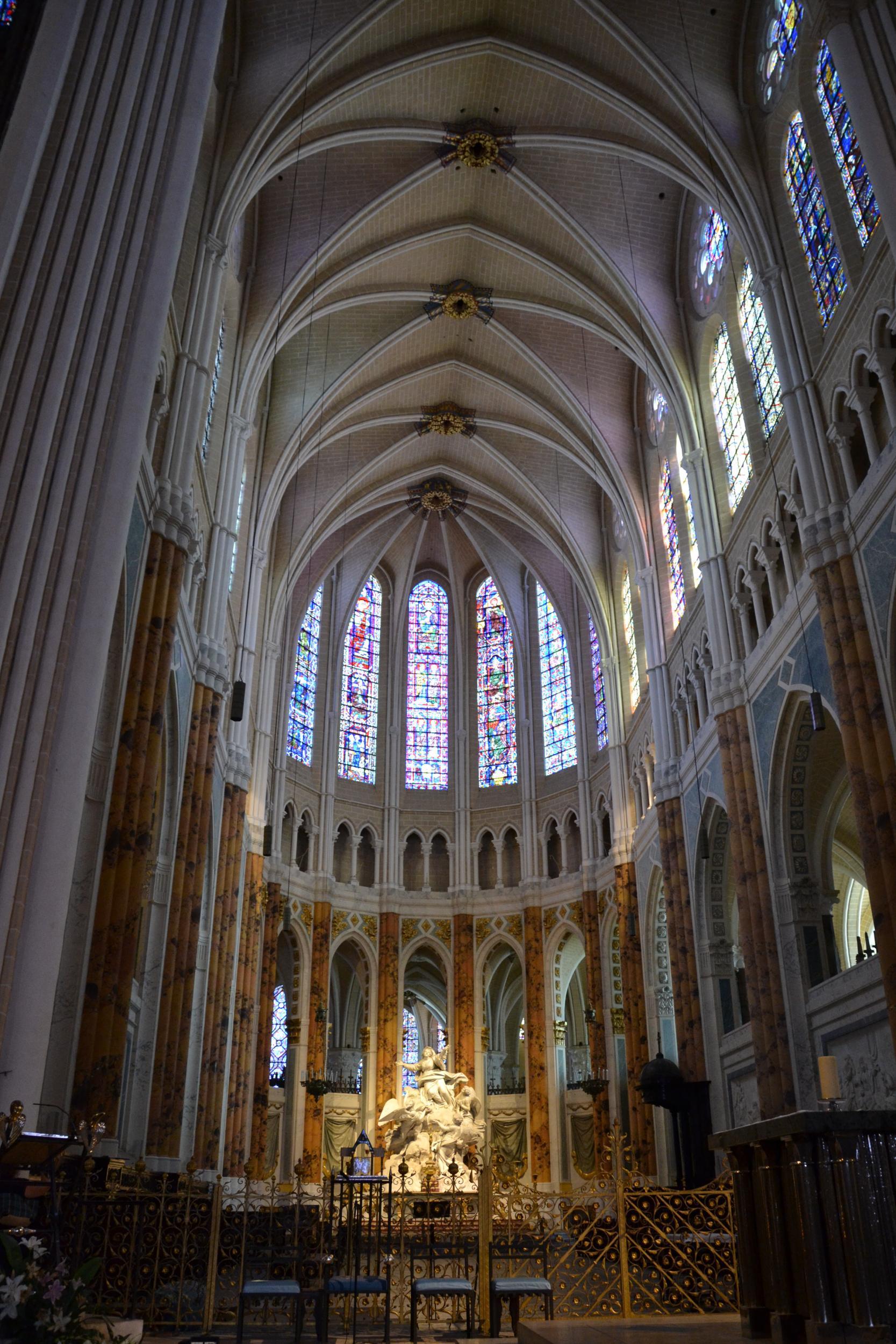
At one stage in the debate, the architect who oversaw the major stages of the restoration, Patrice Calvel, responded to criticism of the project, saying, “I’m very democratic, but the public is not competent to judge.”
Entries in the cathedral’s visitor’s book suggest public discontent at his approach, calling it “arrogant” and “kitsch”.
Anne Marie Woods, a guide at the cathedral, said there are strong scholarly arguments in favour of the restoration. Archaeological investigations beginning in the 1980s demonstrated that what appeared to be exposed stonework was in fact an accretion of dirt, hiding decaying whitewash and two layers of paint, she said.
Woods emphasised that what appeared “fake” to some is, in fact, faithful to the original. The bony white colonettes and the multicoloured ceiling keystones may seem garish, but they were aspects of the medieval cathedral (along with opulent wall hangings and portal statues painted in vivid colours). Yet we do not have medieval eyes, and we cannot see the world as pilgrims of that era did.
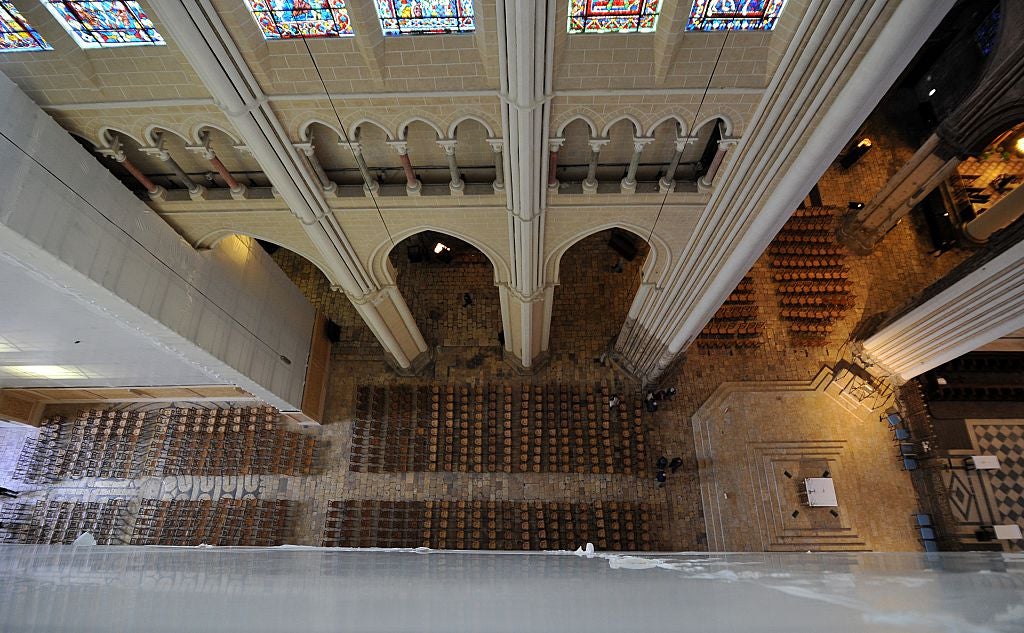
Leila A Amineddoleh, a cultural heritage lawyer who sponsored the “Save Chartres Cathedral” petition, said that by adding “a shiny coat, some of the restoration creates the impression that the cathedral is new”.
But Jeffrey F Hamburger, a medieval art historian at Harvard, said that there is “no reason to be nostalgic or romantic about the dirt”. The association of gothic buildings with “dark, brooding gloom” is “fundamentally misguided,” he said; they are “not monuments to melancholy”.
The restoration seeks to reconstitute a temple of light: to challenge the popular perception of Gothic dejection. But in doing so, it raises an intriguing question. What happens when our inherited assumptions about the past come into contact with layers of accumulated myth?
Then there are some inconsistencies in the medieval restoration: the cathedral has electric lighting (though the brighter interior actually minimises the need for artificial light); the elegant but uneven stone floor remains untreated, and the apse boasts restored baroque marble.
It is a challenge to identify at what point an innovation is consecrated into tradition, and which version of Chartres ought to be conserved.
Unesco describes the cathedral’s 176 windows as “a museum to stained glass” that warrants its own hue: bleu de Chartres (a combination of cobalt and manganese). The few remaining uncleaned windows now serve as an advertisement for the restoration of the others, which have been cleansed of grime and freed of strips of makeshift leading.
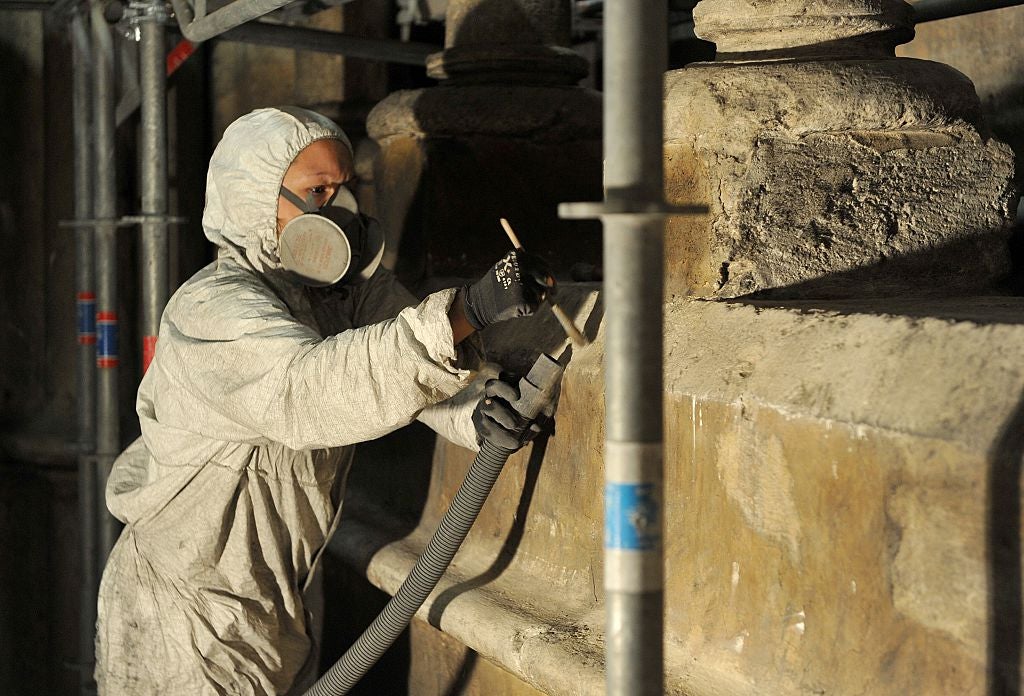
The project’s critics have argued that the increase in ambient light, reflecting off the painted surfaces, diminishes the impact of the stained glass. Writing in the newspaper Le Figaro, the art critic Adrien Goetz compared it to “watching a film in a cinema where they haven’t switched off the lights”.
Madeline H Caviness of the American Friends of Chartres says the intense colours actually complement each other – the light walls make the windows more luminous. On an overcast day, the interplay between the two enhances the legibility of the stained glass – each window tells its own biblical narrative – but on a bright day, the intensity of the light can make it hard to see.
The impact of the restoration is particularly noticeable because the walls of the transept, at the center of the cathedral, have yet to be cleaned. Its rose windows glow like gems in the darkness, akin to the effect at the cathedral’s Gothic contemporary, Notre-Dame de Paris.
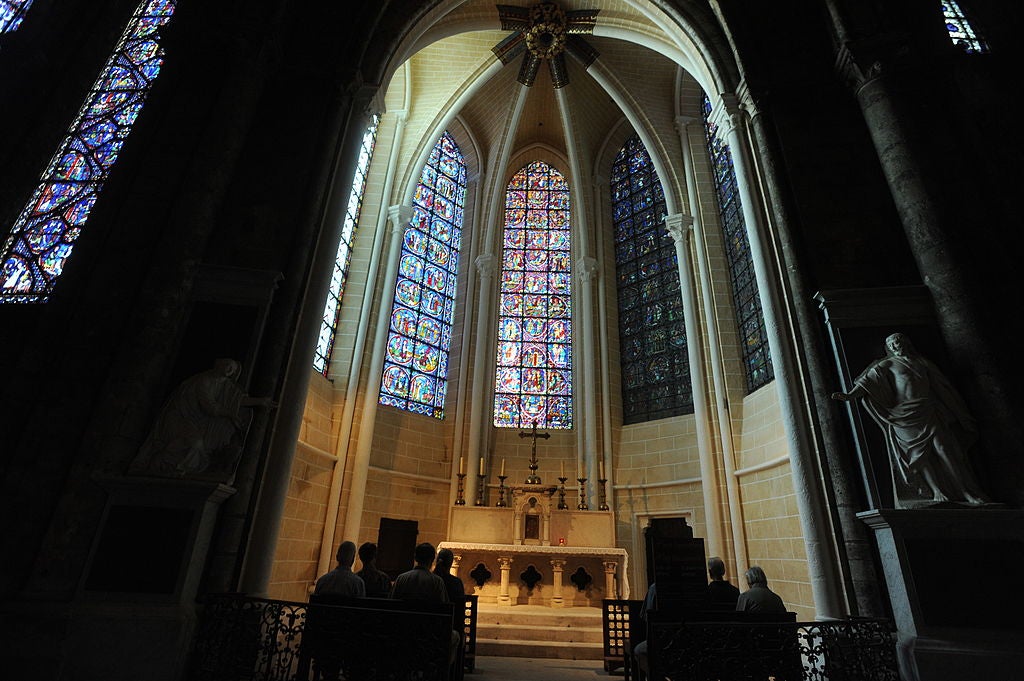
This week, the Archbishop of Paris appealed for $119m (£91m) for urgent restoration to maintain the exterior of Notre-Dame. Its stone structure is crumbling, and its gargoyles are damaged, but the cost of repairs goes far beyond the $2.4m (£1.8m) annual budget allocated by the French government.
Although the interior scaffolding at Chartres has come down, this is only a temporary measure. In 2019, renovation of the transepts will finally begin. The $18.5m (£14.2m) restoration is running approximately three years behind schedule, in part as a result of funding shortfalls.
We do not know the names of those who planned and built the cathedral at Chartres, “this one anonymous glory of all things, this rich stone forest,” as Orson Welles called it in his film F for Fake.
Now, too, the Black Madonna is a memory: the gift shop sells a postcard only of her blanched visage, rosy-cheeked as if blushing. To illustrate the complexity of the controversy, it should be noted that the statue was commissioned as a copy of a much-admired earlier Madonna. Her name? Notre-Dame la Blanche – Our Lady the White One.
© New York Times
Join our commenting forum
Join thought-provoking conversations, follow other Independent readers and see their replies
Comments